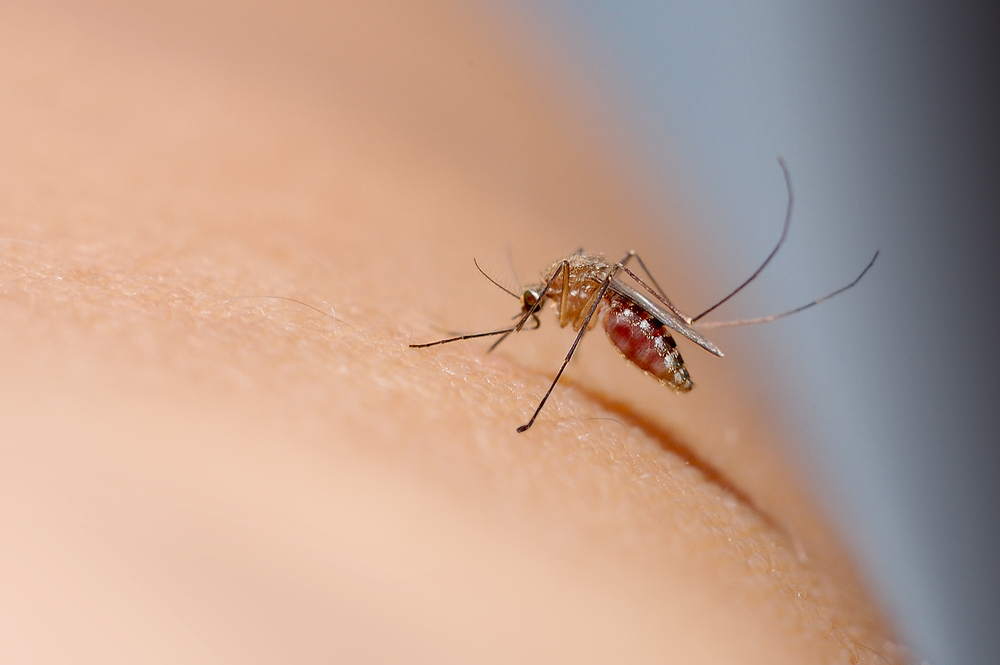
A report released last week by the Centers for Disease Control and Prevention (CDC) found that birth defects linked to Zika virus infection during pregnancy saw a 21 percent rise over the second half of 2016 in parts of Florida, Texas, and Puerto Rico.
Over a broader spectrum, about three out of every 1,000 babies born in 15 states and territories in 2016 displayed Zika-linked birth defects. While the CDC is not confident enough to say that the increase of defects was due solely to local transmission of Zika, the Morbidity and Mortality Weekly Report determined that most of the mothers with Zika-linked birth defects didn’t have any lab evidence of such infection. The reasons for this varied: some weren’t exposed, some weren’t tested at the right time, and some weren’t tested at all.
“Babies with Zika-related birth defects need all the help they can get, as soon as possible and for as long as they need it,” CDC Director Brenda Fitzgerald said. “This report highlights the critical importance of documenting birth defects possibly related to Zika and our need to maintain vigilance.”
While all cases with birth defects potentially linked to Zika are monitored by birth defects surveillance systems, and the CDC notes that these findings show the importance of that. These tracking systems focus on lab evidence of Zika virus infection and birth defects possibly linked to Zika infection, regardless of exposure or lab testing.
“Our pregnancy and birth defects surveillance networks are a collaborative effort with state, local, and territorial health departments and are essential to protect mothers and babies affected by Zika virus,” said Peggy Honein, acting director of the Division of Congenital and Developmental Disorders for the National Center on Birth Defects and Developmental Disabilities. “These networks can also be used as models to help track other known and emerging health threats for mothers and babies.”
CDC researchers also theorize that due to many Zika-exposed not giving birth until 2017, there could be another increase in Zika-linked birth defects when that year’s data is analyzed.




